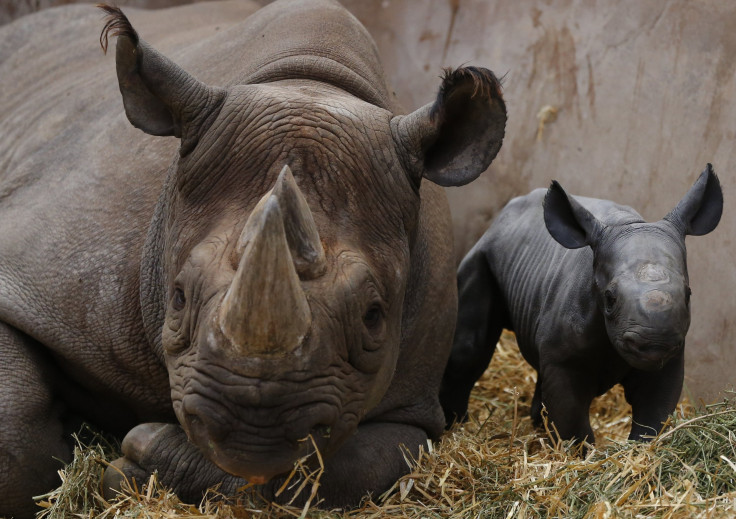Large Herbivores On The Verge Of Extinction

The world’s 60 percent of large herbivores weighing more than 220 pounds are at the risk of extinction and the disappearance of these animals will adversely affect the ecosystem by creating “empty landscapes,” indicates a new study published in the journal Science led by Prof William Ripple of the Oregon State University.
The team of international wildlife experts conducted the study with sole focus on large herbivores, weighing more than 220 pounds, including black rhinos, camels, elephants and buffalos to gauge the severity of the threat to extinction of these species and to determine how widespread the effects are.
It is not unknown that the Earth’s wild ecosystems are getting depleted, but what is worrisome is the fact revealed by this study that that the extinction is happening faster than what we thought. According to the research that highlights 74 largest territorial herbivores, approximately 60 percent of these large herbivores are threatened with extinction. The study has also pointed out that this threat could majorly affect the ecosystem with the consequences of severe population decline.
The most common reasons behind the decline of large herbivores can be pointed to the human’s habit of excessive hunting, resource depression by livestock and destruction of their habitats with responsible factors such as deforestation and pollutions, which according to the study, has increased threefold since 1980. While the developed countries like United States and most nations in Europe have already lost their large herbivores very long ago, 60 percent of these animals on the verge of extinction are found to be living in developing countries like Africa, India, Southeast Asia and Latin America.
The study author, Prof William Ripple says, “The scale and rate of large herbivore decline suggest that without radical intervention, large herbivores (and many smaller ones) will continue to disappear from numerous regions with enormous ecological, social, and economic costs. We have progressed well beyond the empty forest to early views of the “empty landscape” in desert, grassland, savanna, and forest ecosystems across much of planet Earth.”
He further adds,“Saving the remaining threatened large herbivores will require concerted action. The world’s wealthier populations will need to provide the resources essential for ensuring the preservation of our global natural heritage of large herbivores. A sense of justice and development is essential to ensure that local populations can benefit fairly from large herbivore protection and thereby have a vested interest in it.”
To contact the writer, email:ruchira.dhoke@gmail.com






